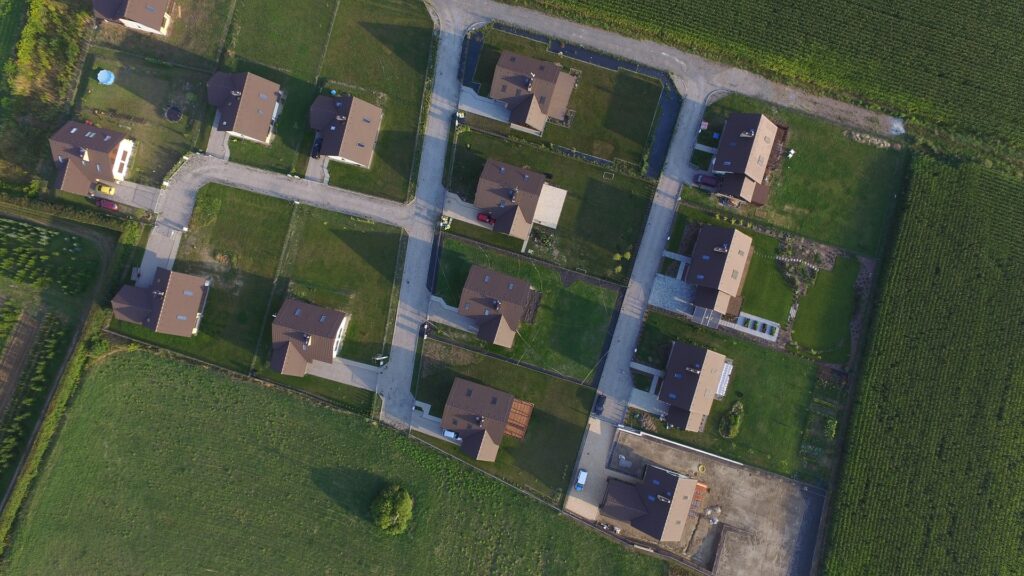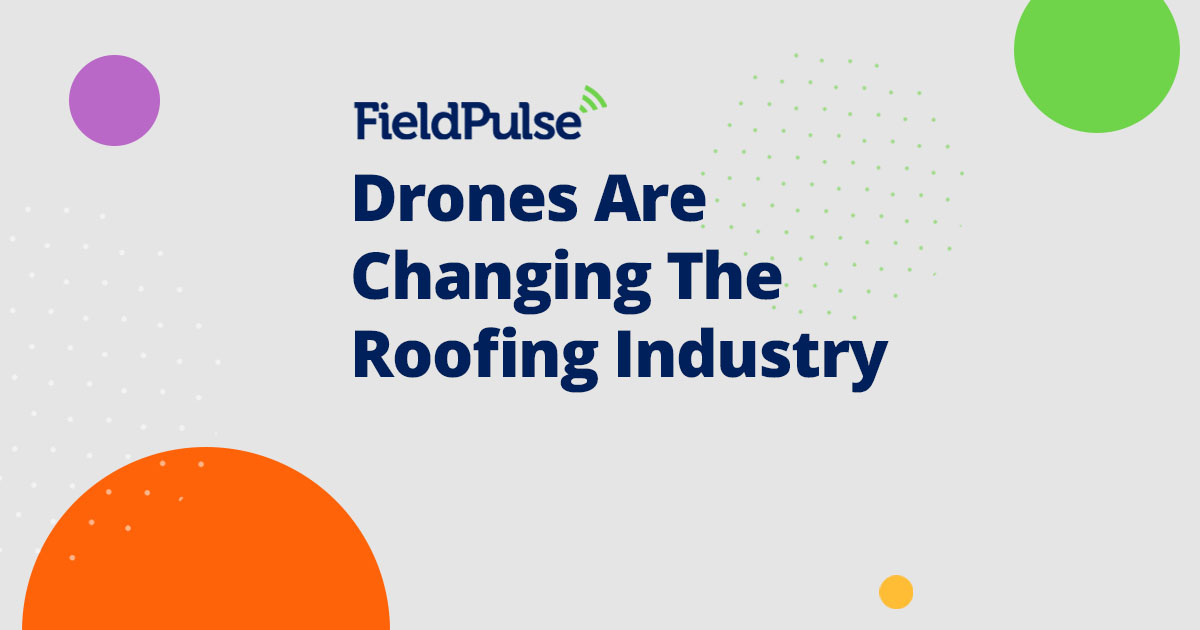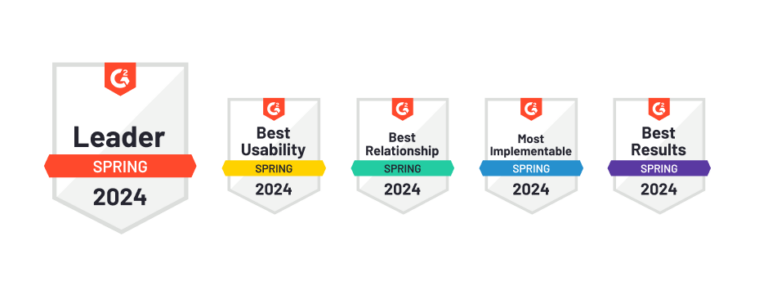
A few years ago little flying machines started popping up all across America capturing photos and videos of just about everything from local events to neighborhood birthday parties. Affectionately known as drones, the technology slowly found its way into various industries, and became a useful tool for a broad range of applications.For residential and commercial roofing contractors, the drone has become an invaluable tool that seems to prove its worth with each new product release. Drone hardware and its subsequent software companions have saved roofing companies thousands of hours in preliminary work as well as helped them deliver bids with incredible accuracy. Regardless of what type of roofing project a contractor has to undergo, a drone can help every step of the way.
How Drones Work
The basic premise of a drone is simple: gather data. This is done in the way of taking high definition aerial photos or videos. The media that is captured can either be retrieved inside the drone’s memory or wirelessly to another device. The information is then transferred to software that allows roofing contractors to gather crucial data about the roof. This would include roof dimensions, roof conditions, material on top of the roof (such as metal roofing, asphalt shingles, etc.), and other information that can then be passed on to clients or 3rd parties.The software technology that roofing companies can utilize has caught up with the drone to make both residential and commercial work easier than ever. Granted, most of the technology is designed for preliminary work such as design, roof replacement, or repair. It’s the initial work, however, that can be the most time-consuming and tedious for both the contractor and the client.
Timesaving Technology
Before drones came along, roofing companies had to depend on the conventional methods of preparing a project. Contractors would send their employees out to take measurements and assess roof conditions. This would result in hours of on-site work that cost the contractor money in time and labor. In many instances, multiple trips were made to assess and recheck all the necessary information to formulate a bid or estimate for the work to be done. Drones solve this dilemma in a fraction of the time by flying over the property and capturing photos. The photos can be sent via satellite to the contractor who can then make the necessary measurements straight from the office.
A Safer Solution

There’s an inherent danger every time a contractor sends a crew on top of a roof. The danger is essentially the same whether the work is done on top of a two story house or multi-level high-rise building. Although much of the work done on a roof cannot be avoided, there are situations where a drone is a much safer option. An example of this would be doing work on a roof that is over 30 years old. Even if the roofing material is expected to last longer, both time and the elements can deteriorate a roof. There are several layers to a roofing system including the decking, underlayment. Any of these layers can succumb to wear and tear over time.Another situation where a roof can be dangerous is after a storm. The first phone call a property owner will make is usually to a roofing company to perform an immediate inspection. Since the structural integrity of a roof is in question after a tornado or severe storm, it can create a dangerous environment. Although drones can’t be depended on to perform thorough inspections into the roof, they can give a roofing company a good idea of what they’re dealing with before getting on the roof. Drones also allow roofers to view an entire area hit by a storm. They will have enough information to provide the right type of transportation and equipment needed to perform a proper inspection.
Comprehensive Reporting & Diagrams
One of the greatest benefits that drones can offer roofing contractors is giving them tools that allow them to fine-tune their estimates or bids for a project. Drones take away the guesswork that use to come with submitting estimates to clients. Through technology provided by companies such as Eagleview and Xactimate, contractors can provide pinpoint estimates and bids to clients with little need for alteration on the project. Photos taken from the drone can provide an entire view of the roofing system from atop a building. Contractors can take the images and create a design that they can then share with their clients.Diagrams, Blueprints, and sketches can now be drawn up in full detail so that the customer has a clearer picture of what a roofing installation will look like once it’s completed. All components of a roofing system can be added when determining the square footage of a roof and the cost of installing or repairing. Such areas include ridges, hips, valleys, rakes, eaves, pitch and more. In addition to taking roof measurements, drones can also gather information about gutter systems, walls, entire properties, and do the same type of work that surveyors can do in determining property claims and property borders.
The Expansion of Drone Technology
Companies are utilizing drone technology across the country in more ways than just roofing. Painting companies, siding installation contractors, general contractors, and other businesses in the construction industry are now taking advantage of drones and the associated software to provide their clients with photo updates, accurate sketches, detailed blueprints and up-to-the-minute updates on job completion. It is also serving other industries such as clean up and demolition companies who use it to scale the size of a job. Although the current automation is relatively new, it’s already proven to both practical, economical, and efficient.



